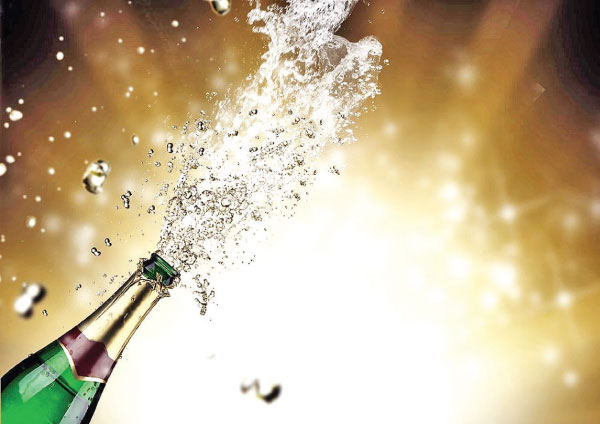
Question 1: Why does aerated water spurt out with fizzing when a sealed bottle of soft drink is opened?
Answer 1: These soft drink bottles contain a liquid in which carbon dioxide gas has been dissolved under fairly high pressure. When the lid is opened, this pressure is released. The carbon dioxide then rushes out bubbling and fizzing, pushing the liquid along with it, out of the bottle.
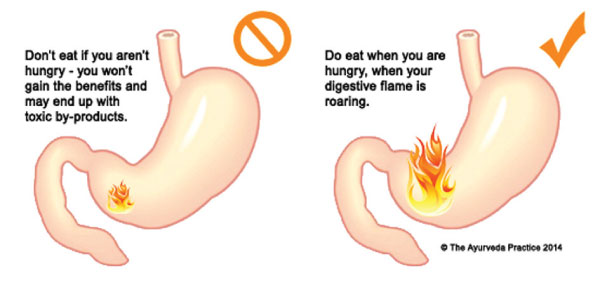
Question 2: Why do we get hungry?
Answer 2: We need energy to drive our bodily, and we get that energy from the food we consume. When we do not have enough food in the stomach, a hormone called ghrelin is released by the wall of the stomach, triggering hunger pangs. These feelings of hunger may also be felt when the amount of fat cells in the body get too low. Normally, when the hormone leptin is released into blood by fat cells reaches the brain, neuro-chemical signals are sent to the stomach wall to stop secreting ghrelin. Then there will be no hunger pangs. But when our stored fat cell content gets too low, no leptin will reach the brain, and ghrelin will be secreted unchecked, to increase hunger.
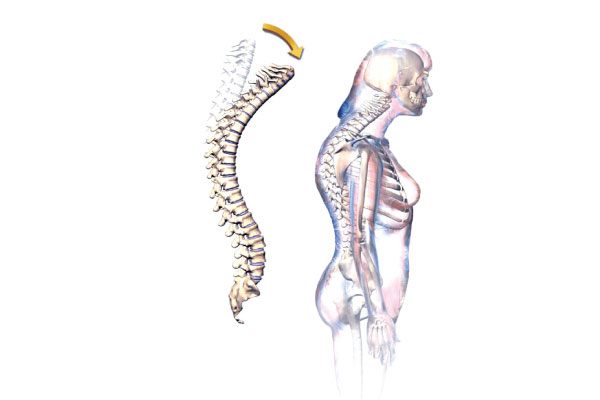
Question 3: Why do some old people get hunched?
Answer 3: As we grow, some of our bone cells wear out and new bone cells are formed fast, to replace the worn out cells. As we age, the rate of formation of bone cells decrease. Another cause of low bone density is the inability to absorb sufficient calcium and Vitamin D, which are essential for the formation of bone cells. As we age, some muscles get more rigid than their neighbours, so that there would be an imbalance, causing us to bend over. This is more common in women than in men, due to loss of the oestrogen hormone after menopause.
Question 4: Why does a sealed bottle full of water burst when left in the freezer for a long time?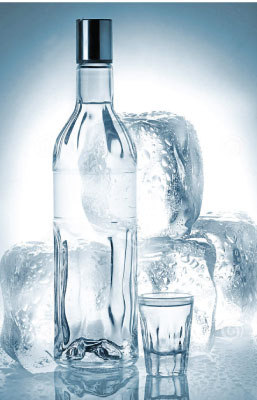
Answer 4: Freezing temperature of water is 0 degrees C. Temperature in the freezer is well below 0 degrees C.
Unlike most liquids, water expands when it solidifies. So, when kept for a long time in the freezer, the water in the bottle will become ice, and expand, but cannot do so since the bottle is sealed. Solids contract on excessive cooling, so the glass of the bottle tends to shrink. These two opposing forces will result in the bottle breaking to release the pressure of the expanding ice.

Question 5: Why do stars twinkle?
Answer 5: Certain chemical reactions in the stars produce energy in the form of heat and light. We can see this light specially at night, as these light rays travel through the air to reach our eyes. When we look at a star from the surface of the earth, we are looking through the various layers of the atmosphere. Air has several kinds of motions like the wind, and also convection currents (which cause hot air to rise and cooler air to come down). The twinkling of stars is due to these motions in the atmosphere and also the weather.
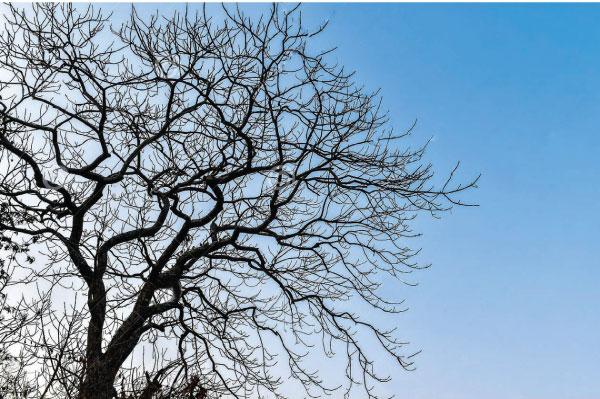
Question 6: Why do some plants shed leaves during certain seasons?
Answer 6: Leaves have a large number of stomata, which are pores through which carbon dioxide needed for photosynthesis is absorbed. They are the same pores through which a lot of water in the leaf, is lost as water vapour, by a process called transpiration. During extremely dry seasons, when rain is scarce, some trees shed their leaves to minimise water loss and to conserve the little water that they have. In temperate countries, during Winter, the water in the soil becomes ice so it cannot be absorbed by the roots. These trees shed their leaves to avoid water loss through stomata.
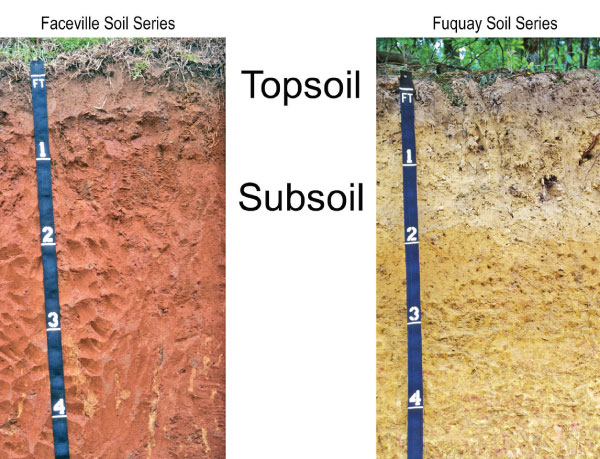
Question 7: Why do different soils have different colours?
Answer 7: Soil colour is influenced by its moisture content, mineral composition and organic content. Those high in humus are dark brown or black. Soils with lots of calcium are white. Those with a high amount of iron oxide tend to be reddish. In areas that have been water logged for long, the iron oxide, which is yellow-green is present along with the red iron(III) oxide. Following rain, the soil colour darkens. Soil in dry arid areas are light in colour.
